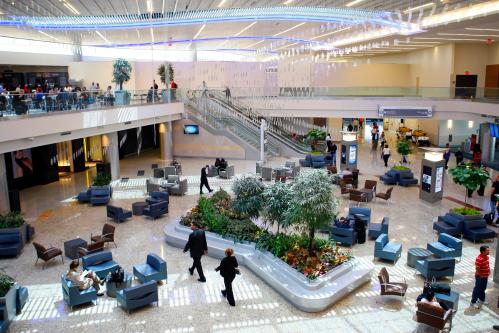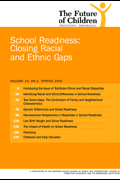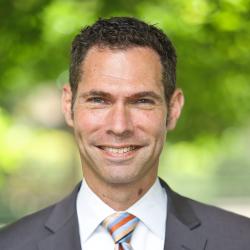When asked how to create a great city, the late Senator Daniel Patrick Moynihan said: “Create a great university and wait 200 years.” It would be an understatement, then, to say that the fall 2015 launch of the University of Paris-Saclay—which merges 18 French academic and research institutions in one sprawling 30-square-mile research campus—heeds Moynihan’s words. As part of a Global Cities Initiative research effort to benchmark the Paris region’s global competitiveness, we visited the Paris-Saclay cluster to better understand this transformative investment.
Paris already houses renowned higher education institutions, from the Sorbonne to its network of prestigious grandes écoles. But in the eyes of French authorities, no single institution (or geographic cluster of institutions) rivals competitor regions such as Silicon Valley or Boston in terms of research prowess or name recognition. The goal of Paris-Saclay, therefore, is to consolidate many of France’s most potent research institutions under one common brand and co-locate them in one geographic cluster about 45 minutes outside central Paris.
This is neither a cheap nor organizationally simple task. The French central government has allocated €2.5 billion for building projects, laboratories, and centers of excellence. And that number does not include the billions required to build Line 18 of the Grand Paris Express Métro, which will connect Paris-Saclay to the rest of the Île-de-France region. Organizationally, the university has had to streamline the offerings of multiple academic institutions into doctoral programs and 49 master’s degrees. Already, Paris-Saclay is home to 65,000 students and 10,000 research professionals.
The prevailing concentration of research talent reflects the fact that the University of Paris-Saclay builds on existing institutional assets, including one of France’s most prestigious science and technology universities (École Polytechnique), the national atomic energy commission, and the National Center for Scientific Research. The addition of universities like École Centrale Paris, ENS Cachan, and several ParisTech schools from other parts of the Île-de-France region effectively doubles down on this geography. As our colleagues Bruce Katz and Julie Wagner have documented in their research, strategies that co-locate public labs, universities, and large and small companies recognize that innovation demands the cross-fertilization of knowledge and capacities across institutions.
Firms are responding favorably to this offer at Paris-Saclay. Major companies are locating within the development, anchoring five priority sectors: energy (EDF, GE), ICT (Nokia, HP, Sun Microsystem), mobility (Renault, PSA), health (Sanofi, GE Health Care), and aerospace (SAFRAN, Thalés, Dassault System).
Publicly and privately run incubators and accelerators dot the landscape to complement these multinational anchors. We visited IncubAlliance, a local incubator, where Andrei Klochko, a student from École Polytechnique, pitched his compressed energy storage technology. One can imagine hundreds of young entrepreneurs in this mold yielding the breakthroughs that will position the Paris region at the vanguard of Europe’s innovation system.
Yet the University of Paris-Saclay is very much an unfinished vision. Much of the development is still empty fields, and Line 18 will not be finished until 2024. While creating vibrant spaces is a core goal of the new development, Paris-Saclay’s suburban feel may not excite footloose talent in the ways central Paris can.
Still, when asked whether he’d rather be in central Paris, Klochko responded that he’ll live wherever his business has the best chance of success. He studies at École Polytechnique, tests his products at the research lab nearby, and draws on supports from IncubAlliance. For now, then, that’s in Paris-Saclay.
The Brookings Institution is committed to quality, independence, and impact.
We are supported by a diverse array of funders. In line with our values and policies, each Brookings publication represents the sole views of its author(s).











Commentary
Paris bets big on science and technology with new mega-university
May 11, 2016